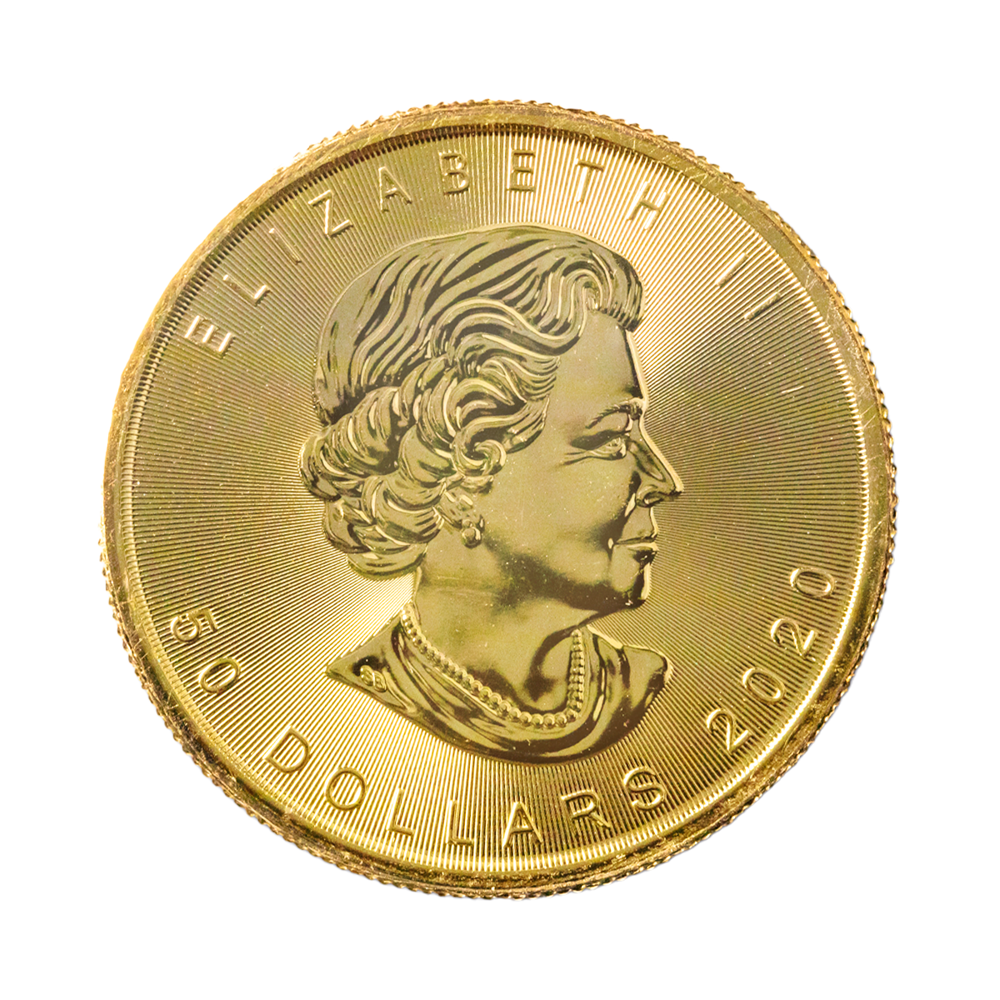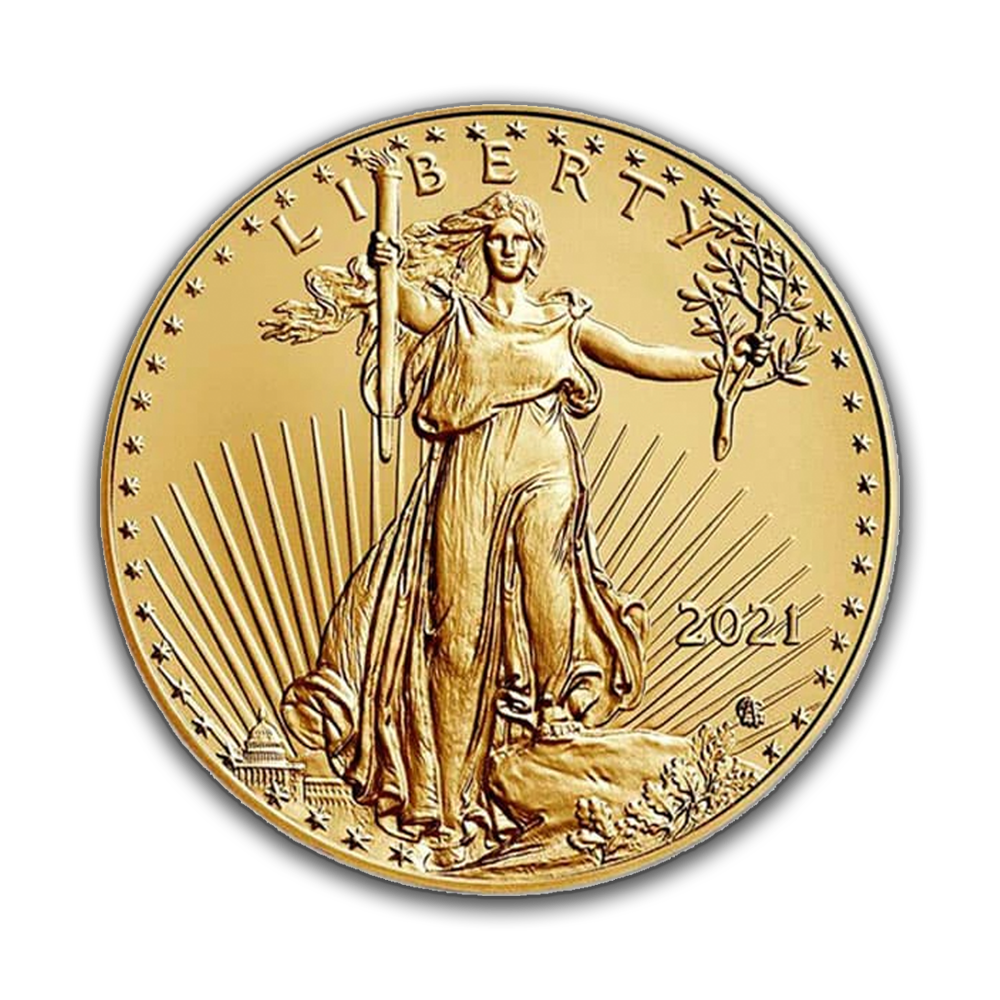Posted on December 03, 2021


Over the nearly 3,000-year history of coins, you’d probably be surprised to learn how little has changed about their general shape and size. Some things remain the same, like the size of human hands, the amount of weight that comfortably fits into a pocket. While the subtle differences between coins might be easily overlooked, bullion coins and rounds often have varying dimensions.
With a closer look, you might acknowledge the presence of these variations, but what are the reasons why two coins or rounds with the same weight and purity can have completely different dimensions? This common question doesn’t get very much attention and often remains unclear even to some coin experts, but if you stay along for the ride, you’ll find out why.
First, it’s important to distinguish between coins and rounds. Coins and rounds are similar because they’re both made of precious metals and are both round in shape. While any refiner or mint can make a round, it doesn’t have a face value because it’s not government currency. On the other hand, only a government mint can produce coins that (almost always) have a face value in addition to the value of their precious metals content.
In short, a coin is backed by a government mint and, by extension, a government.
A round is backed by the issuing refiner or mint’s reputation.
From a purely practical standpoint, bullion coins have different dimensions to make them easier to identify and distinguish from one another quickly. (Obviously, fractional coins are smaller than 1 oz coins for example.)
Modern coin design also features an edge and a rim, which evolved as a security feature and later ensures uniform sizing during minting. The edges of a coin can also be milled or reeded to have a certain texture which, initially, helped prevent the illegal practice of clipping the valuable metal off the sides of a coin. Now it’s more of a tradition than a security element.
The raised rim on coins, which started as a happy accident during striking, is now intentionally implemented to help guarantee the same diameter on each coin. Rim and edge designs can drastically change the dimensions of coins to the point that two bullion coins of the exact same weight and purity might vary in diameter by nearly 25 percent! Sound dramatic? It’s true.
 A real-life example of this is the 1 oz gold Canadian maple leaf coin, precisely 30mm in diameter, the size of a Kennedy half dollar. Compare to the far-larger 1 oz. Australian Lunar gold coin, which measures 39.34mm in diameter. Maybe that doesn’t sound like much? Well, the surface area of the Australian lunar is almost 50% larger than the maple leaf. Even though they weigh the same, they’re significantly different in size.
A real-life example of this is the 1 oz gold Canadian maple leaf coin, precisely 30mm in diameter, the size of a Kennedy half dollar. Compare to the far-larger 1 oz. Australian Lunar gold coin, which measures 39.34mm in diameter. Maybe that doesn’t sound like much? Well, the surface area of the Australian lunar is almost 50% larger than the maple leaf. Even though they weigh the same, they’re significantly different in size.
Finally, when you look at bullion rounds, there’s one detail you might not notice: they’re never the same size as government coins. That’s because rounds made by private mints aren’t allowed to have the same dimensions as government-issued coin currency. This helps prevent both counterfeiting and confusion.
Since each mint will likely have its unique molds for casting coins, each coin’s dimensions are unique. A private mint, for instance, might include its own logo or design on its molds. When molten metal is poured into the mold and fills the recesses, that round might have a similar diameter to another mint’s coin but a different thickness.
In the case of gold, a remarkably malleable metal, two 1 oz gold coins with the same purity and weight can have different dimensions depending on the depth of each mold. Private refiners have also made it a point to optimize their rounds for storage by making their products stackable.
But, because mints offer various bullion coins and rounds, maintaining the same diameter means changing other dimensions of the coin, like its thickness.
Almost everyone is familiar with the commonly used identifiers for gold jewelry:
And while all three appear gold in color and are composed predominantly of gold, only 24k gold is 99.9% pure. In coins or rounds that are not 24k, the gold is supplemented by other metals and is an alloy.
 Though 22k gold (91.66% pure) bullion can pass for 24k gold to the naked eye, the composition of the bullion is entirely different as a result of other metals in the alloy accounting for the 8.33% absence of gold. The individual properties of different metals can vary quite a bit, so a 1 oz 22k gold coin and a 1 oz 24k gold coin would undoubtedly have different dimensions.
Though 22k gold (91.66% pure) bullion can pass for 24k gold to the naked eye, the composition of the bullion is entirely different as a result of other metals in the alloy accounting for the 8.33% absence of gold. The individual properties of different metals can vary quite a bit, so a 1 oz 22k gold coin and a 1 oz 24k gold coin would undoubtedly have different dimensions.
This is the exact case with the 1 oz American gold eagles (which are 22k gold) and the 24k 1 oz Canadian gold maple leafs – they’re made of different metals and simply don’t have the same dimensions.
Different metals have different densities, so a gold coin that is two inches in diameter would be almost twice as heavy as a two-inch silver coin. Though they may occupy the same amount of space, they won’t have the same weight unless their dimensions vary.
Since bullion coins and rounds are generally valued by their gold or silver weight, a 1 oz silver round would take up more space than a 1 oz gold coin. The difference might be found in the diameter or by its thickness.
Density is equal to mass divided by volume. And since different metals have different densities, when they have equal weights, they must be different sizes.
When looking at coins, it’s important to note that gold is denser than silver, and platinum is denser than gold. More density means more metal is required to fill an equivalent space, so a silver coin and a gold coin (assuming they are both 99.9% pure) must possess different dimensions if they share the same weight.